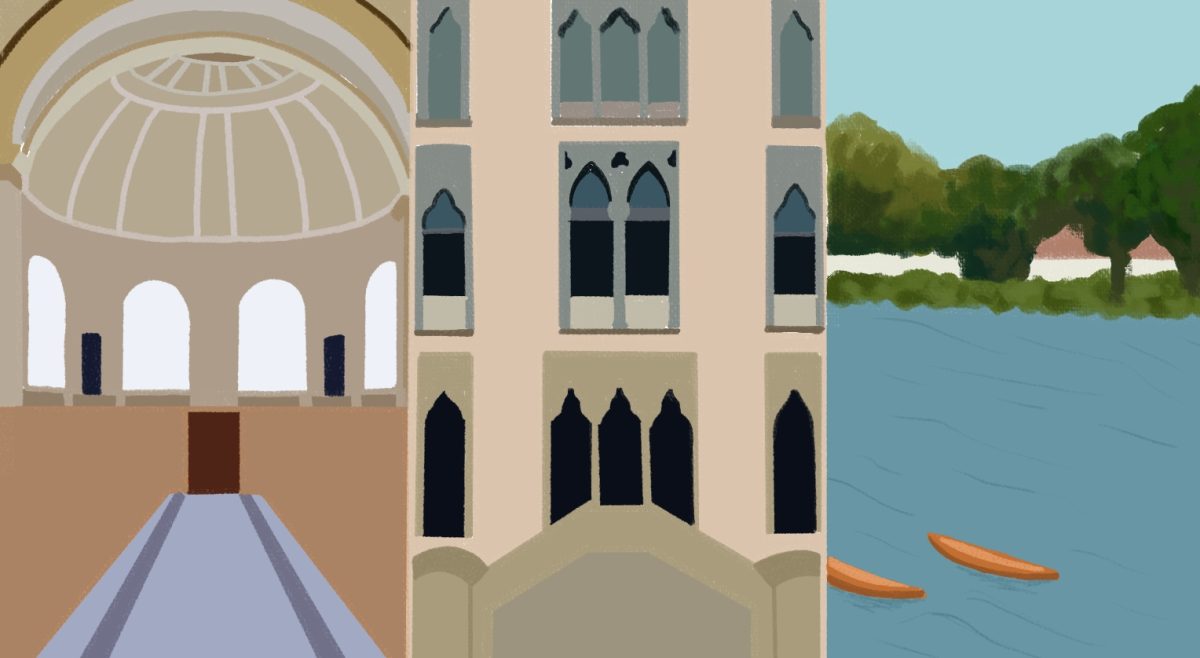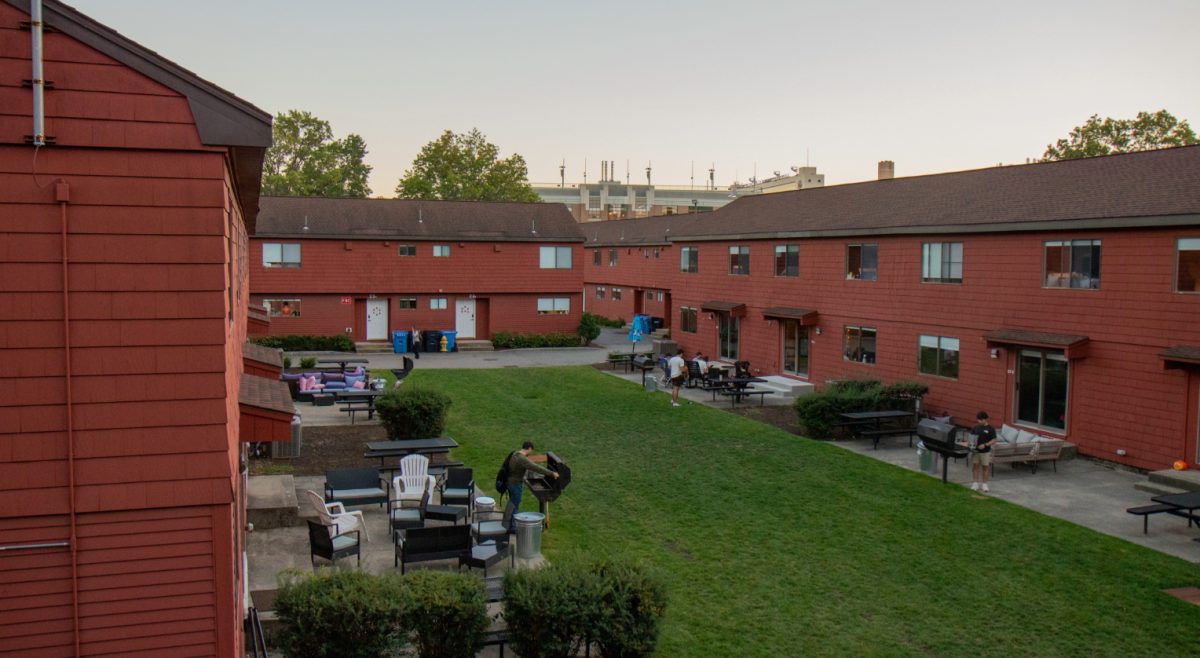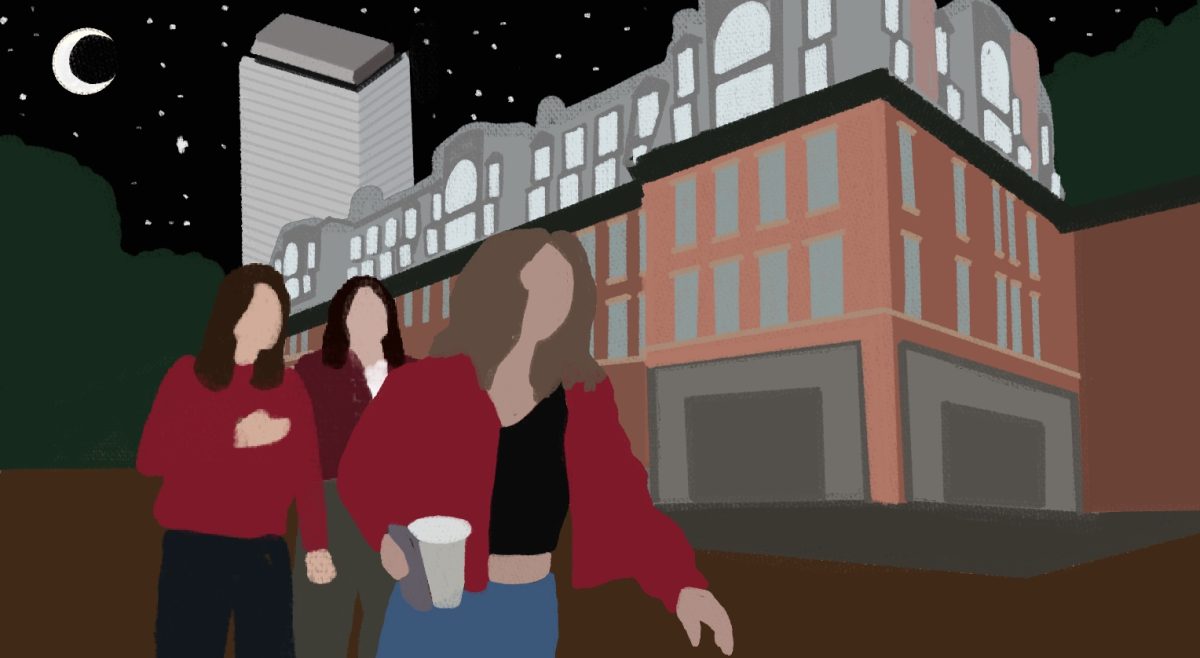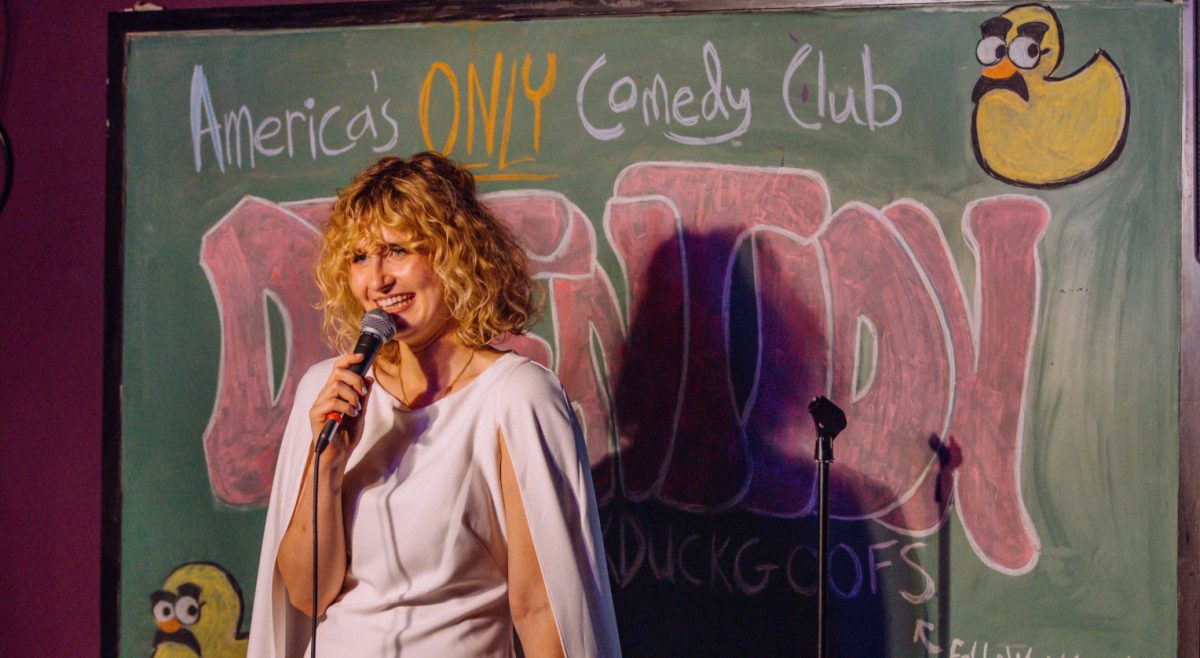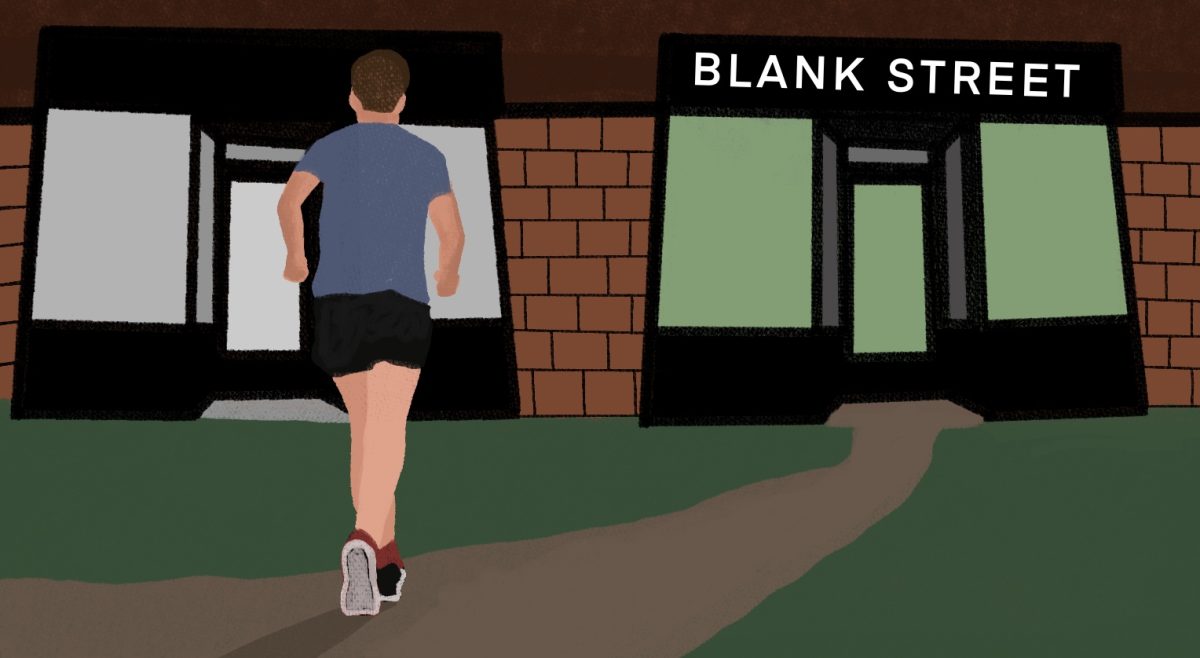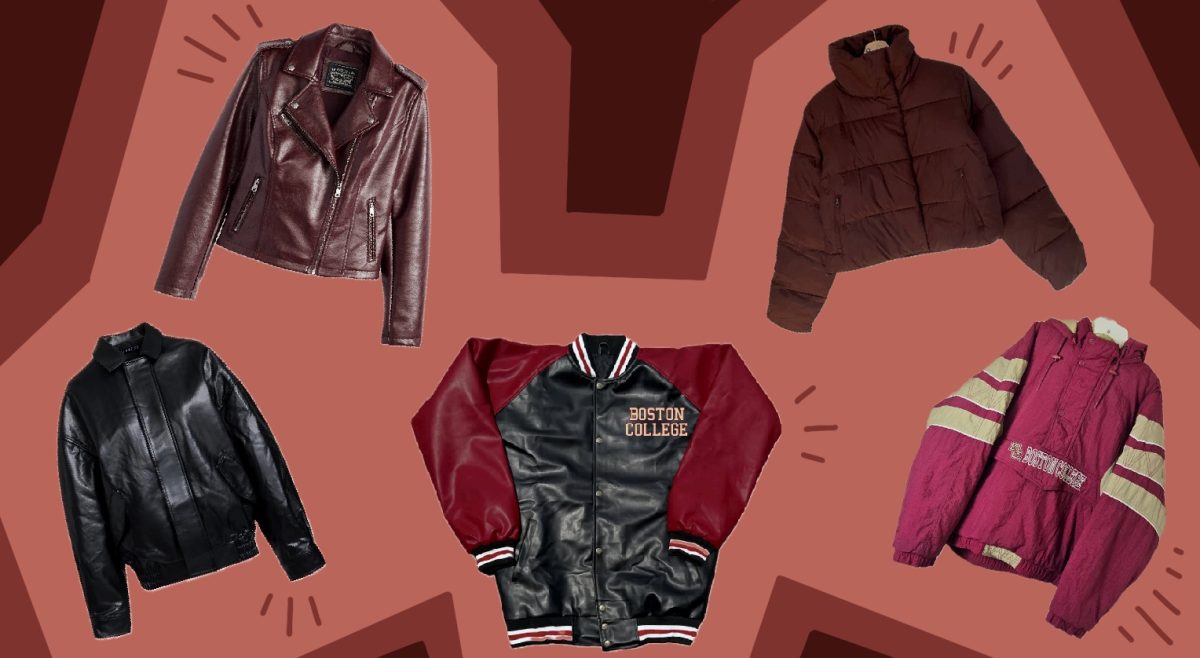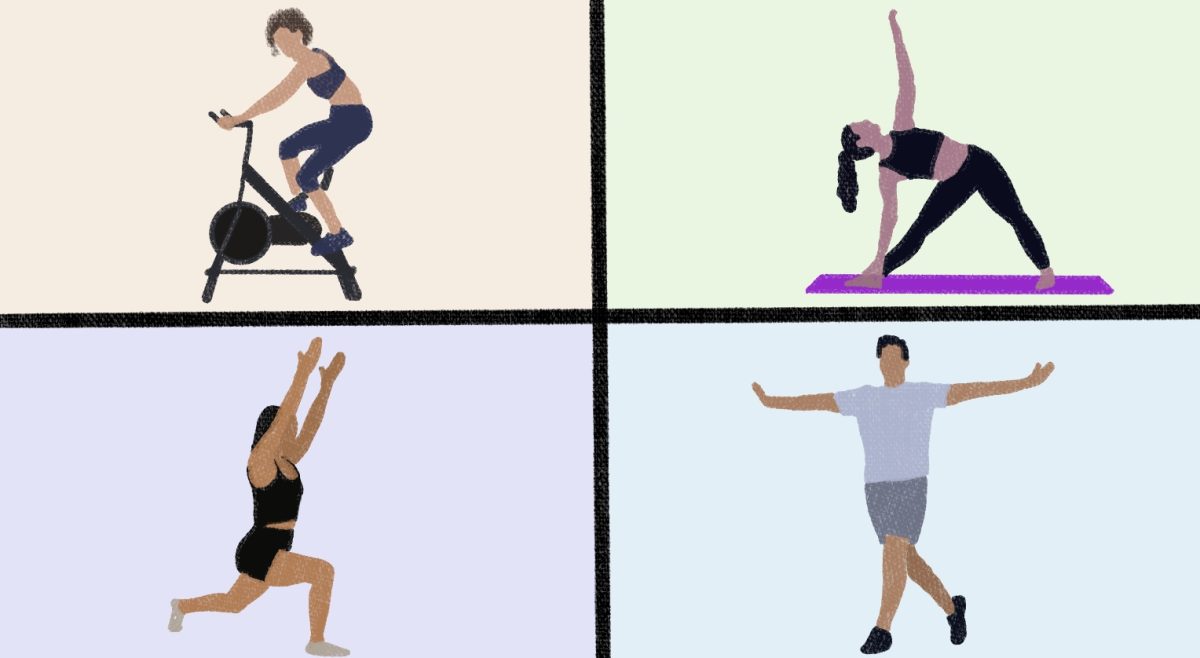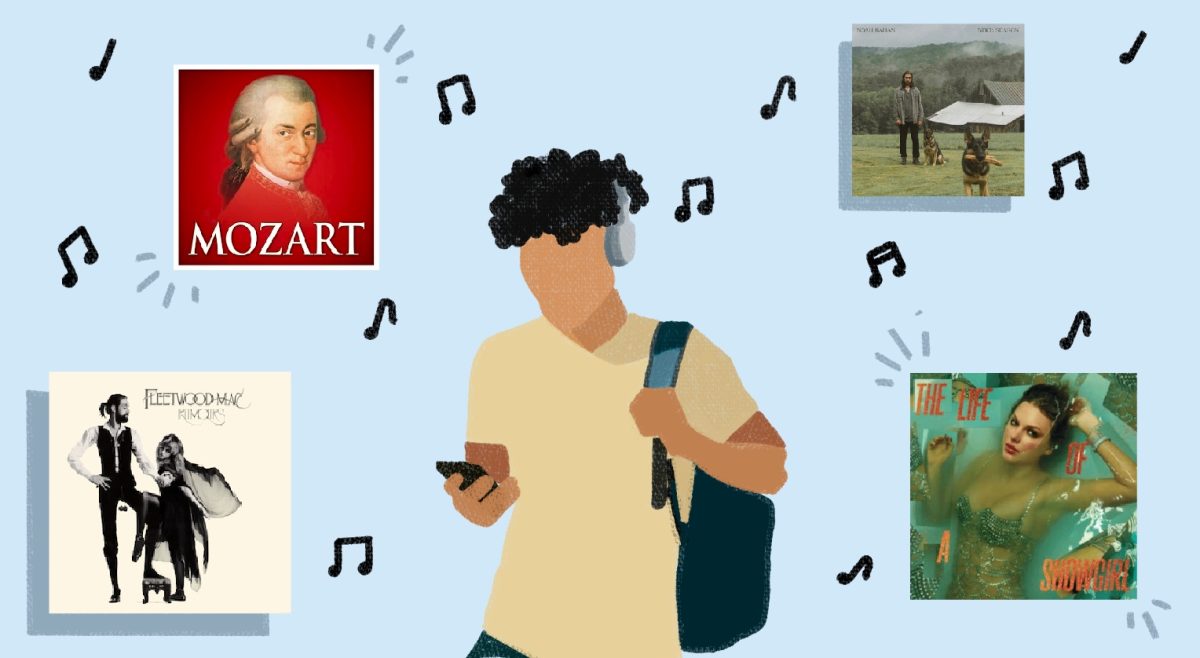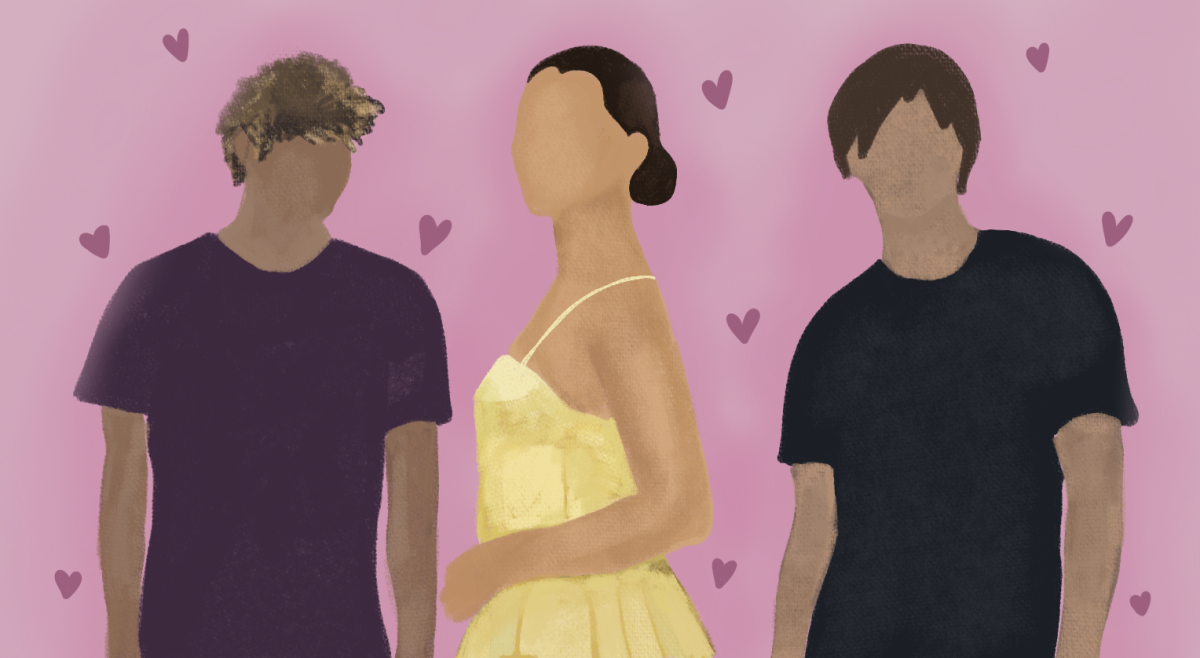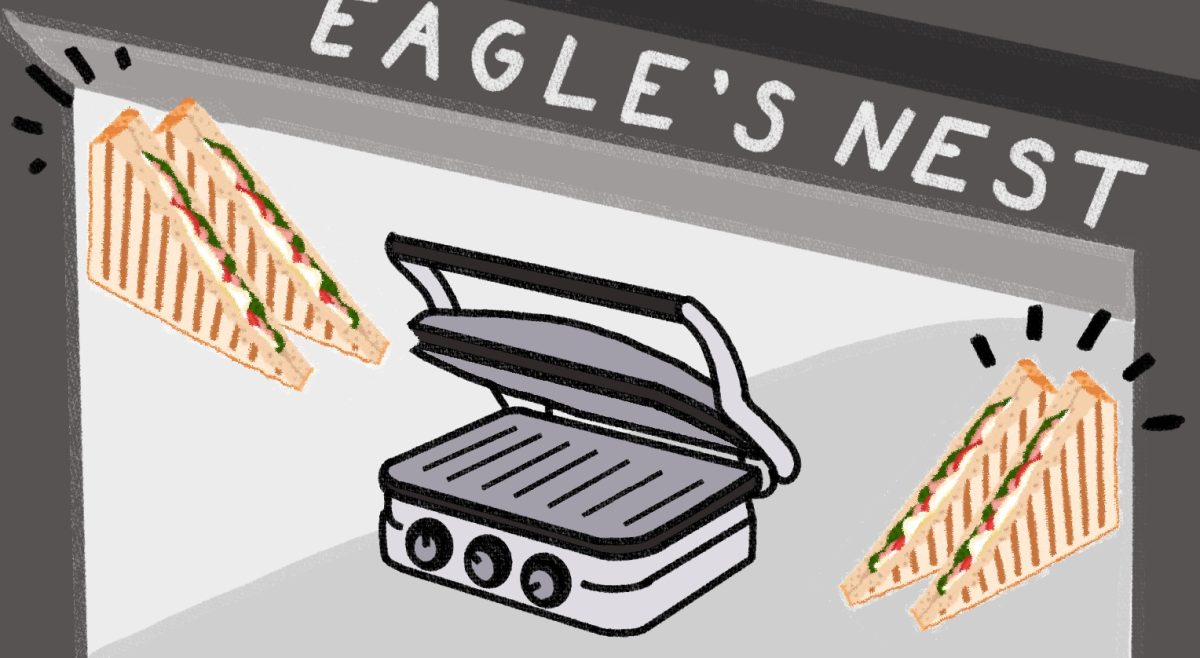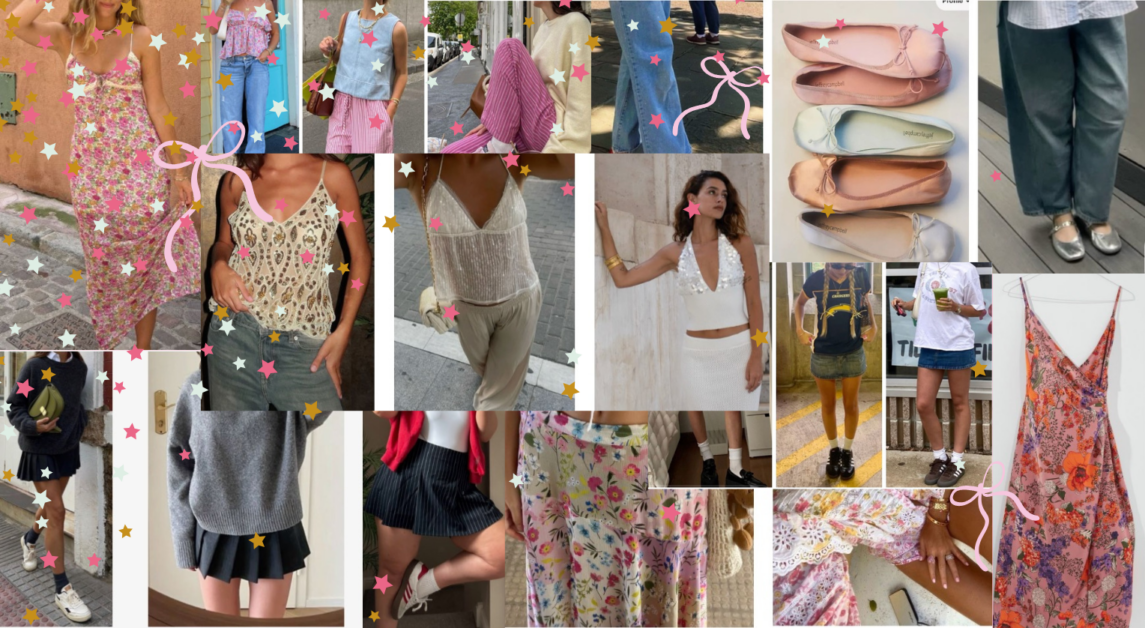It’s not difficult to view Boston through the lens of filmmaker Wes Anderson. The city’s palette already leans toward the cinematic—brick reds, golden yellows, soft blues reflected off the Charles.
But it’s not just the colors that create Anderson’s Boston—it’s the symmetry, the stillness, the way time feels slightly out of order, as if the past is politely refusing to leave.
Chapter One: The Museum of Carefully Arranged Feelings
The Isabella Stewart Gardner Museum feels like it was built for the screen.
Its light is filtered and deliberate, as if pre-approved by a cinematographer. Marble columns rise beside velvet drapes, framing a courtyard that blooms in perfect proportion. The air smells faintly of dust, peonies, and old money that once loved art too much.
A security guard hums softly under his breath—a sort of “main character” energy, rehearsing lines no one else can hear. Somewhere, a spoon clinks against a porcelain cup in the café, and you catch a glimpse of your reflection in a glass case. For a moment, you think, “If I stand still enough, I might become part of the collection.”
The museum glows in shades of rose gold and moss green, an antique cream haze softening every edge, while the melody of a string quartet filters faintly from a nearby speaker—something wistful enough to sound like memory itself.
Chapter Two: Brownstones and Broken Symmetries
In Beacon Hill, doors are painted like personalities: navy blue for the quietly ambitious, crimson red for the recently heartbroken, hunter green for those pretending to be both.
Gas lamps flicker like analog mood lighting, and people walk as if they’re in the background of a movie scene. Through one of the tall windows, you glimpse a girl in a cashmere sweater editing her Common App essay; in the next, there’s a golden retriever staring wistfully at nothing, which feels about right. The whole neighborhood seems caught between elegance and emotional chaos, its palette a blend of faded brick, brass, and cigarette smoke.
Somewhere, “Lover, You Should’ve Come Over” drifts from an open window, and the characters of Wes Anderson’s Boston come to life: a history major who journals on typewriter paper, a couple who communicates exclusively through half-smiles, and an old man who still tips his hat to passing cars.
Chapter Three: Burrowed in Charm
The Boston Public Garden moves like a perfectly choreographed stop-motion scene.
Squirrels dart beneath the willows with the manic precision of tiny actors, and swan boats glide past like props on invisible strings. A man in corduroy reads aloud to a duck while the leaves, dressed in their best tweed hues, seem to applaud themselves for existing.
The whole park feels handmade, as if it’s stitched together from childhood nostalgia. The air hums with amber and russet light, the grass faded to a denim blue, and somewhere nearby, “Mr. Blue Sky” plays faintly from someone’s phone, perfectly ironic.
You pass a film student balancing a 35mm camera, an elderly couple who seem to speak in subtitles, and a girl whose fox-patterned scarf flutters dramatically in the wind. Everything here moves with the soft precision of a story already told—the kind you already know the ending to, but stay to watch anyway.

